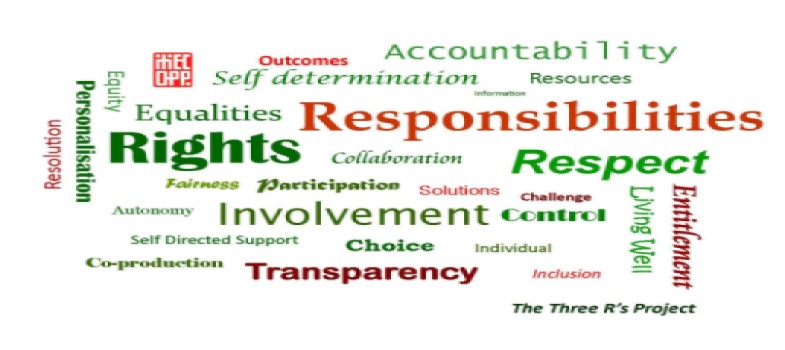Self-Directed Support and Human Rights
The European Convention on Human Rights 1950

By Rob984 - Derived from File:Europe orthographic Caucasus Urals boundary (with borders).svg, CC BY-SA 4.0, https://commons.wikimedia.org/w/index.php?curid=41218742
The
European Convention on Human Rights (ECHR) arose directly out of the aftermath of the Second
World War. It was drafted by the Council of Europe in Strasbourg during
the summer of 1949. It is important to note that it is a creation of
the Council of Europe, not the EU. The ECHR has
been around since 1950.
The ultimate enforcement of the rights granted under the Convention is by the European Court of Human Rights, (ECtHR) in Strasbourg. Again the jurisdiction of the ECtHR is completely separate to the EU.
Certain core
concepts underpin the ECHR.
It is a “living instrument”, which means that it evolves with the times,
depending on contemporary standards, so that it can adapt to situations which might
not have been foreseeable when it was written
There should be a “margin
of appreciation” . The European Court of
Human Rights developed the concept of a "margin of appreciation" to
recognise that the broadly-drawn principles of the Convention may be
interpreted differently in different societies. This means each country is
given some leeway where judges are obliged to take into account the cultural,
historic and philosophical differences between Strasbourg and the particular
nation in question, since what is right for Spain, for example, may not be right for the
UK.
The rights are expressed in terms of positive
and negative obligations. There are 'Negative duties' or the duty to not do something, (for example, to refrain from interfering in someone's private life or not subjecting someone to inhuman treatment), and there are 'positive duties' or an obligation to actively do something to
protect the right.
The above is closely related to the idea
that rights must be 'practical and effective'. This encourages us to think not just of theoretical rights but rights that must be
interpreted in a way that makes sure they can be realised in practice (e.g.
right to legal aid is implied in right to fair trial, otherwise the right is rendered meaningless)
Absolute, limited and qualified rights. We will come on to explain the differences further but this is the idea that some rights can never
be infringed whereas it might be necessary to infringe on others in some
circumstances.
The idea that sometimes there must be a 'balancing exercise' between
an individuals rights and responsibilities, (and those of the state)
and
the idea that there may be circumstances where different rights are
competing with each other. In such instances infringements on rights
must be necessary and proportionate.
